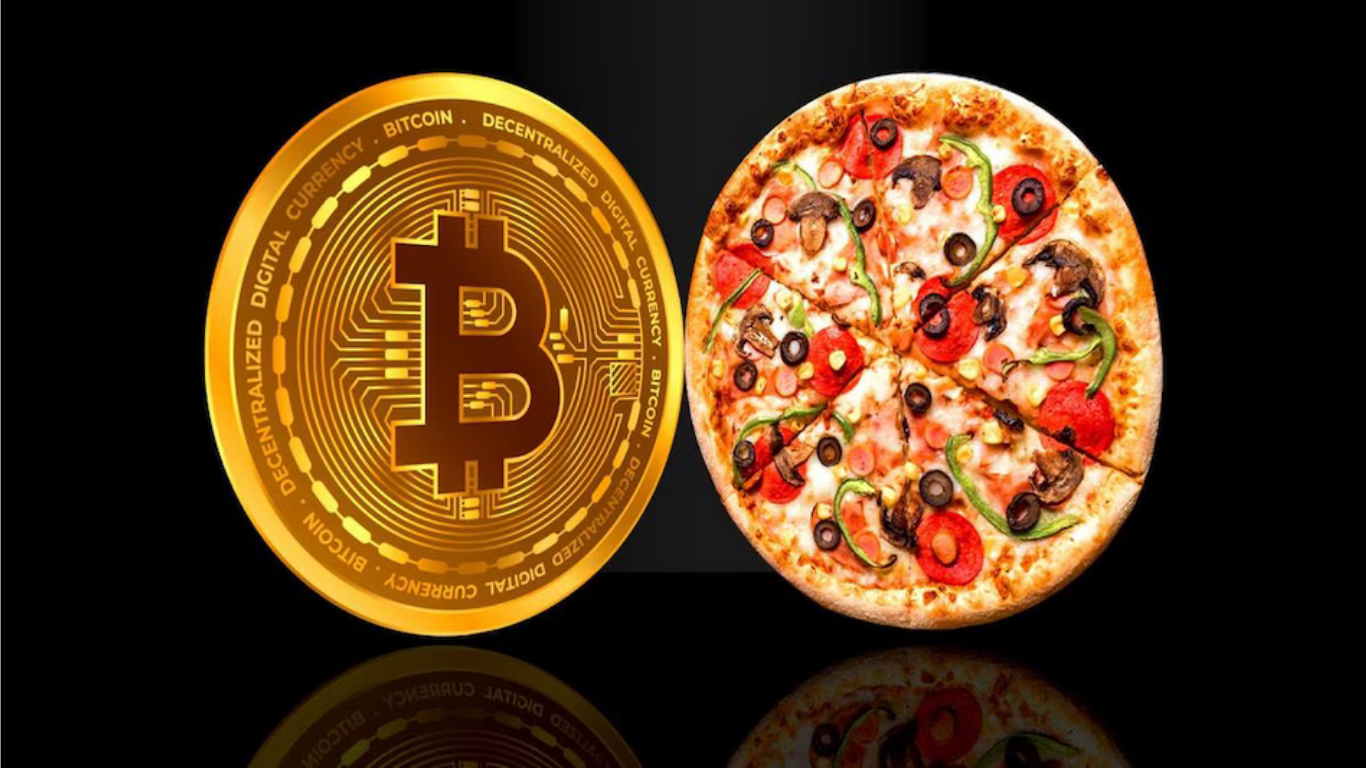Introduction
Bitcoin’s journey from an obscure cryptographic experiment to a global financial asset was marked by a pivotal moment: the first real-world transaction. On May 22, 2010, programmer Laszlo Hanyecz paid 10,000 BTC for two pizzas—an event now celebrated as Bitcoin Pizza Day.
This article explores:
✔ The first Bitcoin transaction (Hal Finney & Satoshi).
✔ The legendary Bitcoin Pizza deal (and its aftermath).
✔ Why this moment was crucial for cryptocurrency adoption.
✔ Lessons learned from early Bitcoin commerce.
By the end, you’ll understand how a simple pizza purchase became a defining moment in crypto history.
1. The First Bitcoin Transaction: Satoshi to Hal Finney
Before Bitcoin had monetary value, its first-ever transaction took place between Satoshi Nakamoto and Hal Finney—a legendary cypherpunk and cryptographer.
Key Details
- Date: January 12, 2009 (just 9 days after Bitcoin’s launch).
- Amount: 10 BTC sent from Satoshi to Finney.
- Significance: Proved Bitcoin’s peer-to-peer payment system worked.
Who Was Hal Finney?
- Early Bitcoin contributor (helped debug the code).
- Received the first Bitcoin transaction.
- Suffered from ALS but remained a crypto advocate until his death in 2014.
Fun Fact: Finney mined Bitcoin on his computer in the early days when difficulty was low.
2. Bitcoin Pizza Day: The $600 Million Pizzas
For over a year after Bitcoin’s launch, it had no real-world value—until Laszlo Hanyecz changed that.
A. The Pizza Deal (May 22, 2010)
- Who was involved?
- Laszlo Hanyecz: Florida-based programmer who mined Bitcoin early.
- Jeremy Sturdivant (Jercos): A teenager who accepted Bitcoin for pizza.
- The Offer:
- Hanyecz posted on Bitcointalk Forum:
> “I’ll pay 10,000 bitcoins for a couple of pizzas.. like maybe 2 large ones so I have some left over for the next day.” - Four days later, Jercos agreed and ordered two Papa John’s pizzas (~$25 value).
- The Transaction:
- Hanyecz sent 10,000 BTC (worth ~$41 at the time).
- Today, those Bitcoins would be worth ~$600 million (at $60,000/BTC).
B. Why Was This Transaction Important?
✅ First documented use of Bitcoin for real goods.
✅ Proved Bitcoin could function as money.
✅ Set a precedent for crypto commerce.
Hanyecz’s Reaction (Years Later):
“I don’t regret it. The pizza was pretty good, and it helped spread Bitcoin.”
3. The Aftermath: How Bitcoin Pizza Day Shaped Crypto Culture
A. Bitcoin’s Price Evolution
| Year | BTC Price | 10,000 BTC Value |
|---|---|---|
| 2010 | ~$0.004 | $40 |
| 2011 | ~$30 | $300,000 |
| 2017 | ~$20,000 | $200 million |
| 2021 | ~$60,000 | $600 million |
B. Bitcoin Pizza Day Celebrations
- May 22 is now Bitcoin Pizza Day—a crypto holiday.
- Memes, giveaways, and pizza discounts in crypto communities.
- Exchanges like Binance & Coinbase celebrate with promotions.
C. Lessons Learned
- Early adopters took huge risks (Hanyecz didn’t know BTC would surge).
- Real-world utility drives adoption (commerce > speculation).
- HODLing isn’t always the best strategy (but hindsight is 20/20).
4. Where Are They Now?
A. Laszlo Hanyecz
- Still a Bitcoin developer.
- Later bought more BTC (but never as much as he spent).
- Says he doesn’t regret the trade.
B. Jeremy Sturdivant (Jercos)
- Sold most of his BTC early (missed the mega gains).
- Remains a minor footnote in crypto history.
C. The Pizzas
- Long digested, but their legacy lives on.
- The receipt was saved as a crypto artifact.
5. Conclusion: The Legacy of Bitcoin Pizza Day
What started as a quirky experiment became a symbol of Bitcoin’s potential.
Key Takeaways:
✔ First Bitcoin transaction (Satoshi → Finney) proved the tech worked.
✔ Bitcoin Pizza Day (10,000 BTC for pizza) gave BTC real-world value.
✔ Early adopters took risks that shaped crypto’s future.
Final Thought:
“Would you have spent 10,000 BTC on pizza?”
FAQs
Q: How much would 10,000 BTC be worth today?
A: ~$600 million (if BTC = $60,000).
Q: Did Laszlo regret his purchase?
A: No—he says it helped Bitcoin gain traction.
Q: Could this happen again with new cryptos?
A: Possibly—early ETH, SOL, or meme coins had similar stories.
